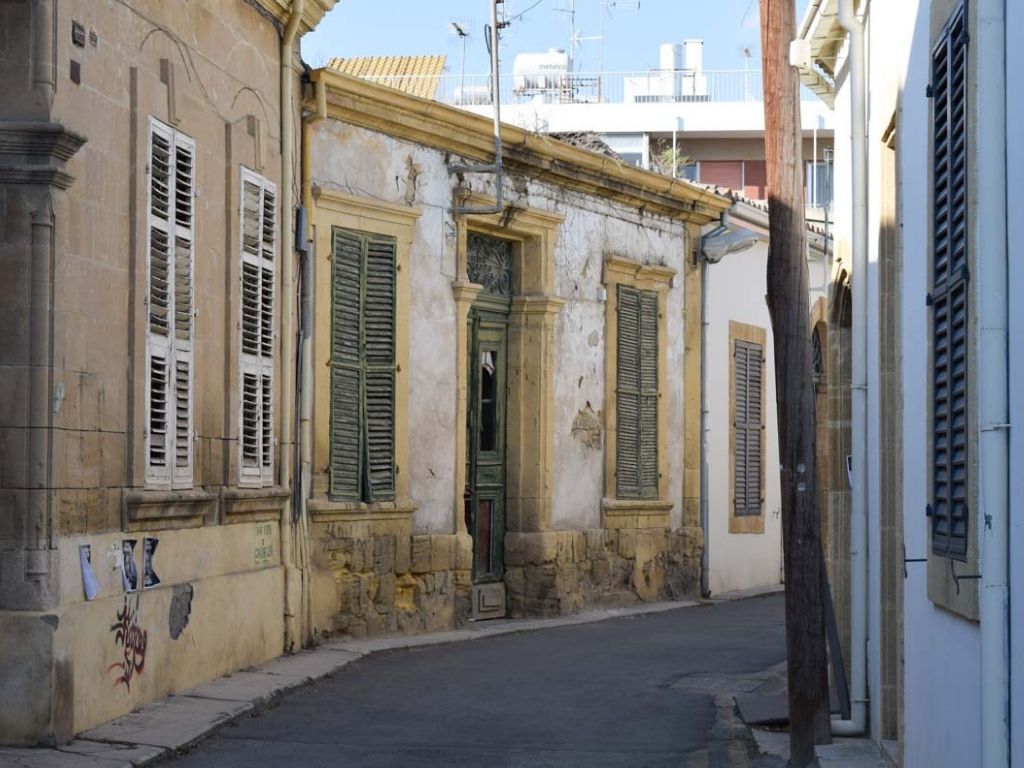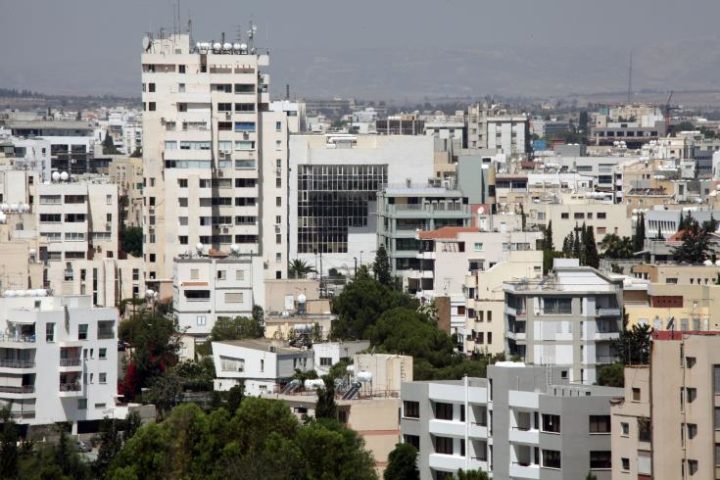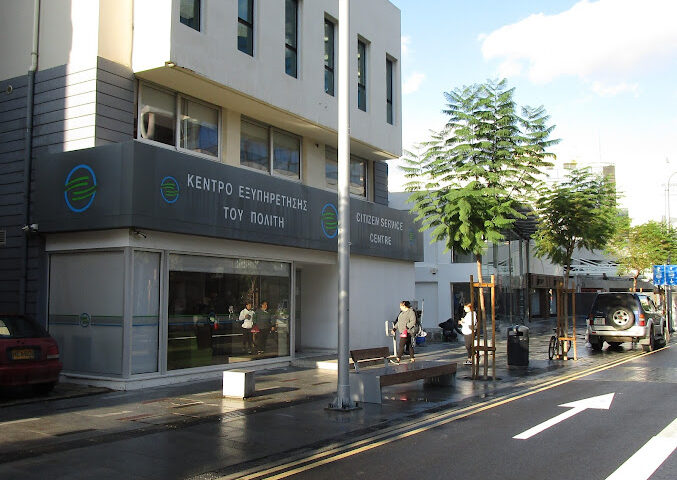Old Nicosia is being deserted, with more buildings declared dangerous, despite generous state incentive schemes to property owners.
In comments to the Financial Mirror, real estate agents, architects and residents are raising the alarm as the capital forwards its bid to become the EU’s cultural capital for 2030.
Talking to the Financial Mirror, Eleni Averkiou, a Danos/BNPRE Group property consultant, said it is heartbreaking to see large parts of the town centre dying because owners are not using their properties.
“Despite Conservation Building schemes still in operation being generous, it is nevertheless a common finding that most owners do not take advantage of them and do not proceed with the restoration of these buildings,” said Averkiou.
The property consultant argued that additional action is needed to make a strategic plan possible – changing the capital’s image.
Averkiou said part of the problem lies with property owners who hold on to their property simply waiting for a proposal to sell that would set them up for life.
“The government has earmarked a budget of €40 mln, of which €25 mln will come from the National Recovery and Resilience Plan (Cyprus Tomorrow) for 2022 – 2026.
“The scheme foresees incentives for home renovations, attracting new residents and businesses and sustainable transport.
“Unfortunately, nothing is happening”.
She argued that homeowners have no real interest in renovating to live in or join the rent market, which is currently undersupplied.
Incentives and regulations concerning the architectural heritage and listed buildings within the walls of Nicosia have increased the maximum coefficient from 50% to 70% until the end of 2026, the increase by 0.40:1 of the maximum allowed building coefficient for all listed buildings.
A subsidy scheme for acquiring privately owned housing has also been launched.
“The Scheme provides financial support for acquiring a privately owned residence for permanent owner-occupancy.
“The €5 mln project will be financed by the state budget, running from January 2023 to December 2025,” explained Averkiou.
According to the data presented in the Area Plan, the permanent population shows an overall decline of the Urban Centre outside the walls, which decreased compared to the 1970s by 50%.
The decline in growth at the centre has been observed since the early 1960s and worsened after 1974.
Potential
The Area Plan aims to regain the population level of the 1970s, i.e., an increase of 2,500-3,000 new permanent residents, which can be implemented by utilising the existing available building stock in the Old City, and an increase of another 3,000 outside the Walls.
Outside the Walls, there is sufficient capacity from new or renovated housing units to increase the population by an additional 4,000 – 5,000 new people.
According to the Plan, the Central Region provides about 24,000-25,000 jobs, which has remained relatively stable over the last decades.
It is estimated that new investments will double the number to 47,000-50,000 jobs in the Core of the Trade Zone.
“The potential is enormous, both for the property market but also for the economy,” said Averkiou.
Zoe Lordos, architect and building contractor living, and working out of the old town, also confirmed for the Financial Mirror that within the old Venetian walls are neglected.
“Residents of the old town have seen the area slowly dying out, as many small businesses moved out, and entertainment establishments increased, turning the area into a Disneyland for adults,” said Lordos.
She said the trend is for small coffee shops to be allowed to open, which later are turned into nightclubs with loud music.
“With the establishment of two large malls close to the city, the majority of businesses once active in the old town packed up and moved to one of these shopping centres.
“There are also many properties owned by old residents who have long moved out of the centre, which are not left to rot.
“They are keeping them in the hope that property prices in the old town will one day skyrocket.
“The problem is, they are either unable to afford to maintain the property or unwilling to go through the trouble despite incentive schemes”.
Lordos argued that authorities should consider counter-incentive measures, such as forcing people who hold on to properties which are neglected for a long period to sell.
“This is a common practice in the centre of the municipality of greater Paris, where authorities do not want to have collapsing buildings on their hands.”
She said there had been some development of areas such as Ledra Street and near Famagusta gate.
“However, an area between the Omeriye Mosque is completely abandoned.
“Mostly made up from Turkish Cypriot properties left behind when their owners moved north following the events of 1974,” said Lordos.
She argued that the state guardian of Turkish Cypriot properties could transform these houses into homes for middle-class families, breathing new life into the area.
“These houses can be rented out to young couples, with the rent going towards cost amortisation, and any profits above that can be given to the original owners should they wish to claim their properties.
“We want residents…the southern part of the old town, once split following the Turkish invasion, is again being split…the middle of the old town is completely deserted”.
Marios Tanousis, the chair of Invest Cyprus, the state agency attracting foreign investments, said the centre of the capital is slowly gaining traction with several projects.
He said the EUROMED iHouse in old Nicosia, a medical innovation hub, “further strengthens Cyprus’ position as a regional hub for research, innovation, entrepreneurship, opening up opportunities for collaboration”.
“Although small, there is also a number of foreign investors looking for opportunities in the old city.
“Currently, an investor is close to a deal that will transform a large office building into a luxury hotel, breathing new life into the centre”.










